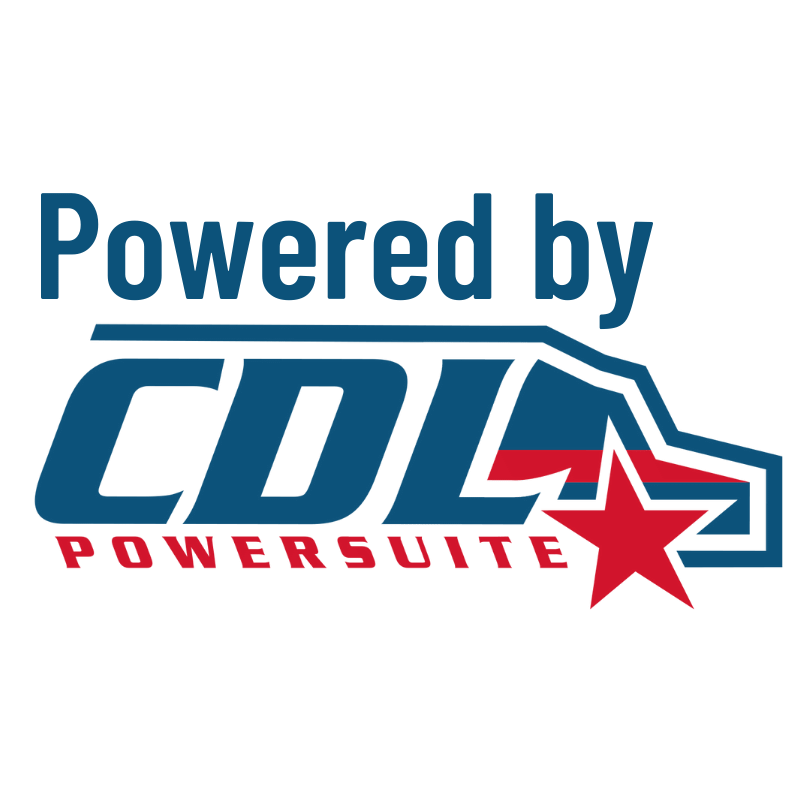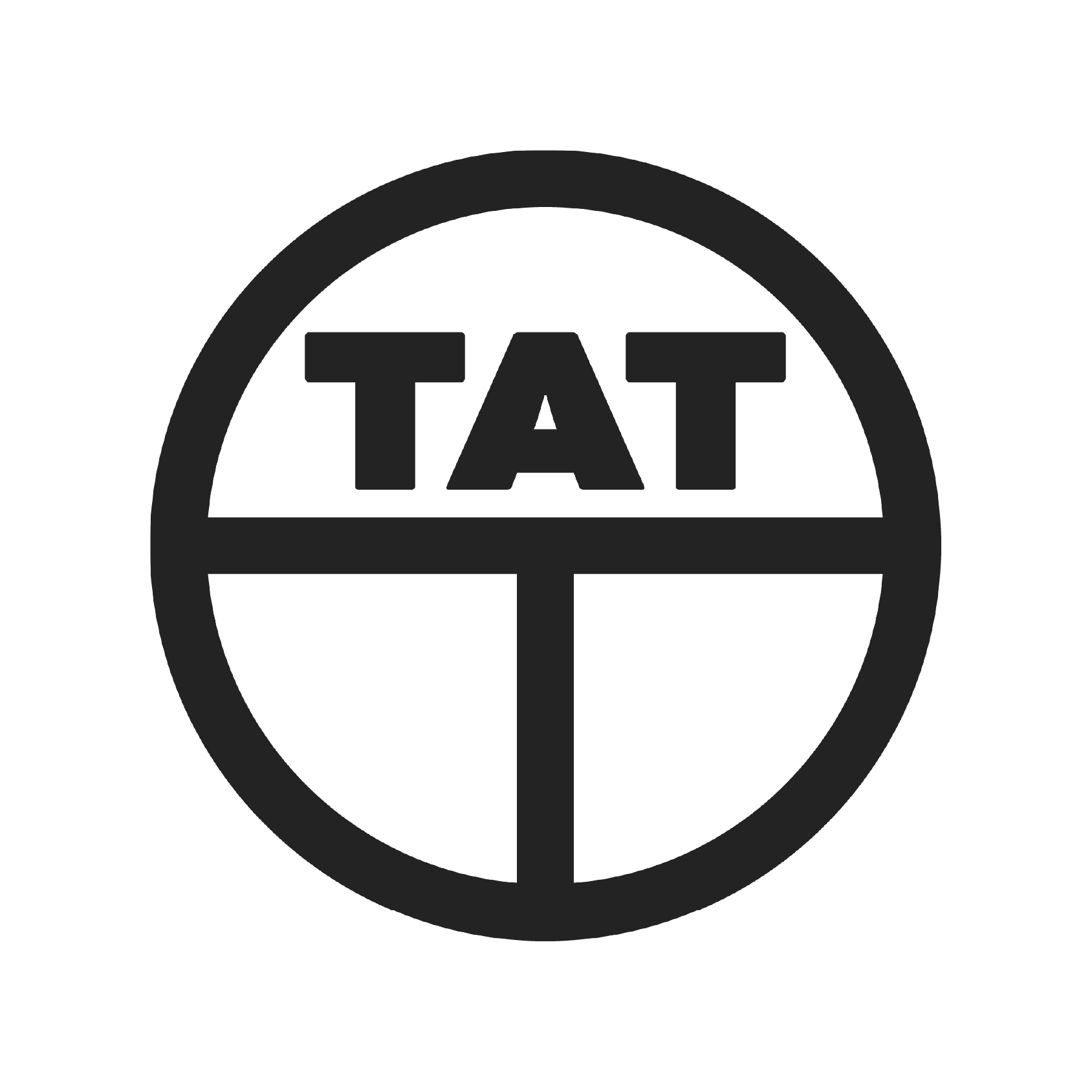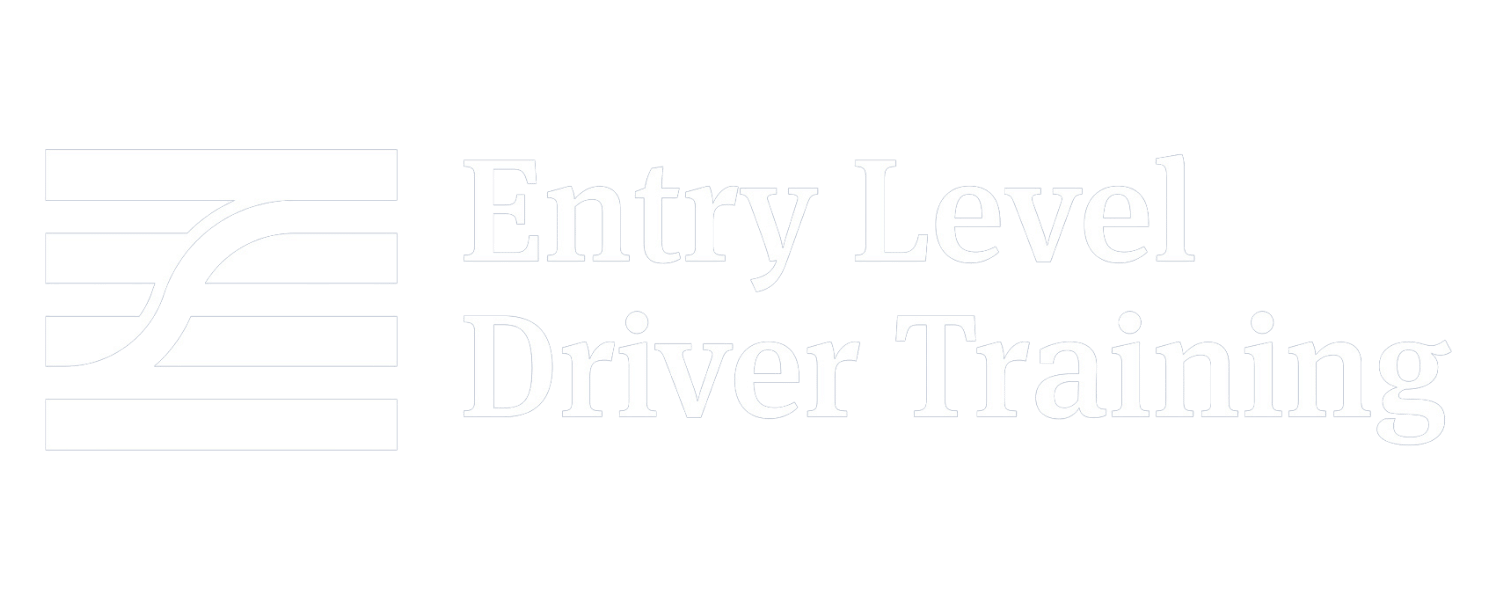CDL Permit
Your First Step to a Commercial Driver's License (CLP)
Obtaining your Commercial Learner's Permit (CLP) is the crucial first step in your CDL journey, allowing you to practice driving a commercial vehicle with a qualified CDL Instructor. This guide outlines the complete CDL permit process, covering eligibility, the step-by-step application, and the initial knowledge tests required to secure your permit. Understanding how to get a CDL permit is fundamental to starting your professional driving career.
What is a Commercial Learner's Permit (CLP)?
A Commercial Learner’s Permit (CLP) is a specialized permit that allows you to begin hands-on, behind-the-wheel training in a Commercial Motor Vehicle (CMV) on public roads. It’s not a full Commercial Driver’s License but a temporary credential showing you’ve passed the required general knowledge tests. With a valid CLP, you may operate a CMV only under the supervision of a licensed CDL instructor who holds a CDL for the same class of vehicle you’re training in and, under FMCSA standards, has at least two years of driving and/or instructor experience. The CLP is your gateway to practical training and a required step before taking the CDL skills test.
Step-by-Step Process to Obtain Your CDL Permit
Getting your CDL permit involves a clear sequence of actions designed to ensure you meet federal and state standards. Follow these steps to get a CLP:
Meet Eligibility Requirements: Your Foundational Qualifications
Before applying for your CDL permit, you must satisfy several foundational federal and state qualifications to ensure you're eligible for commercial driving.
- Age Requirements: You must be at least 18 years old for intrastate driving, or 21 years old for interstate driving, hazardous materials, or passenger transport.
- Valid Driver's License: Possess a current, valid non-commercial driver's license in good standing from your state of residency.
- Driving Record: Maintain a clean driving record, free from disqualifying offenses like serious traffic violations or certain felony convictions.
- Medical Certification: Pass a Department of Transportation (DOT) physical exam by an FMCSA-certified medical examiner and obtain a Medical Examiner's Certificate.
- Proof of Residency and Identity: Provide documentation proving U.S. citizenship or lawful permanent residency, along with proof of your current state of residency.
Meeting these prerequisites is the crucial first step before proceeding with your CDL permit application. Learn more about comprehensive CDL Training Requirements here.
Pass a DOT Physical Exam: Ensuring Your Fitness to Drive
You must undergo a Department of Transportation (DOT) physical examination, conducted by a medical examiner certified by the FMCSA. This specialized exam assesses your physical and mental fitness to safely operate a Commercial Motor Vehicle (CMV). It checks your vision, hearing, blood pressure, and overall health. Upon successfully passing, you'll receive a Medical Examiner's Certificate, which is a mandatory document for your permit application.
Gather Required Documents:
Preparing Your Application
Before heading to the DMV, ensure you have all necessary identification and supporting paperwork. This typically includes your current driver's license, your Medical Examiner's Certificate, proof of U.S. citizenship or lawful permanent residency (e.g., birth certificate, U.S. passport, Green Card), and proof of your state of residency (e.g., utility bills, lease agreements). Specific documents may vary by state, so it's always wise to check your local DMV's website beforehand.
Complete the CDL Permit Application: Formalizing Your Request
Visit your local Department of Motor Vehicles (DMV) or equivalent state licensing agency to fill out and submit the official application for your commercial learner's permit. This application will collect your personal information, driving history, and the specific CDL class and endorsements you are applying for. Be prepared to answer questions accurately and completely.
Pass Required Knowledge Tests: Demonstrating Your Understanding
This is a critical step that demonstrates your understanding of commercial driving rules, regulations, and safety. You must pass all applicable knowledge tests for the CDL class and endorsements you intend to pursue. The General Knowledge Test is federally required, and additional tests may be needed for specific vehicle types or cargo. Required Knowledge Exams for Your CLP: To obtain a Commercial Learner's Permit (CLP), you must pass all the knowledge exams that apply to the type of vehicle you intend to drive. These tests are:
- General Knowledge Test: This is the universal, mandatory exam for all new CDL applicants, regardless of the license class. It covers fundamental safety and driving principles.
- Air Brakes Test: This is required if the commercial vehicle you plan to drive is equipped with air brakes. This test is necessary for nearly all Class A and Class B applicants, as most modern CMVs use air brakes. Passing it removes the "L" air brake restriction from your license.
- Combination Vehicles Test: This test is only required for applicants seeking a Class A CDL, as a Class A license permits you to operate combination vehicles (a tractor and a trailer). It covers topics specific to safely coupling, uncoupling, and inspecting these vehicles.
Prepare for your CDL General Knowledge Test and all other required knowledge exams here. Master Your CDL Permit & General Knowledge Tests →
Pay Fees:
Finalizing Your Permit Application
The final step in the application process is to submit the required fees. These typically include application fees, testing fees for each knowledge exam you take, and the issuance fee for your CDL permit. The exact amounts vary significantly by state, so check with your local DMV for current pricing.
Once you've successfully obtained your CDL permit, you're ready for the next phase of your CDL journey: hands-on training.
Complete Your ELDT Theory Training: Before you can take the CDL skills test, federal regulations require you to complete the Entry-Level Driver Training (ELDT) theory portion from an FMCSA-approved provider. While you can complete this training online and at your own pace while studying for your permit, it must be finished before your behind-the-wheel training can be certified.
Mandatory Waiting Period: Federal regulations require you to hold your CLP for a minimum of 14 days before you are eligible to take the CDL skills test. This period is designed for you to gain valuable hands-on experience.
Behind-The-Wheel Training: With your commercial learner's permit and ELDT theory complete, you can begin practical driving instruction with an FMCSA-approved training provider. This is where you'll apply the theoretical knowledge you've gained and develop the physical skills necessary to operate a CMV safely.







